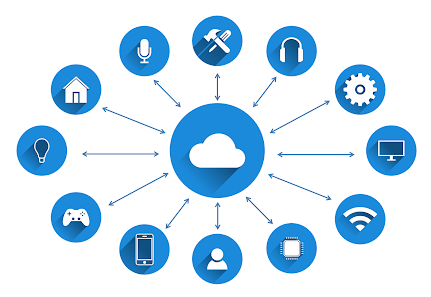Linux Troubleshooting Tips

Hi everyone. Linux is the most commonly used OS in servers. There are many distributions of Linux which are used for different purposes. While configuring, running services, taking backups etc we face many issues and have to resolve them. Here in this article, I have shown some tips to resolve those issues. So let's begin. There are many commands and tools useful for detecting the problem and solve them. Also, there may be a hardware-level issue. In case of a network-related issue, we should do a ping to the server or if any automated ping-script configured, we should see it’s result. Then check the cable's connectivity to the hardware and make sure that there are no loose connections or faults in the connectors. Here we can use ethtool to check if the ethernet is detectable or not. In case of power failure, we should also check the power cables and the supply. Using dmidecode command we can view the server’s SMBIOS report about it’s hardware. To check RAM, we can use

